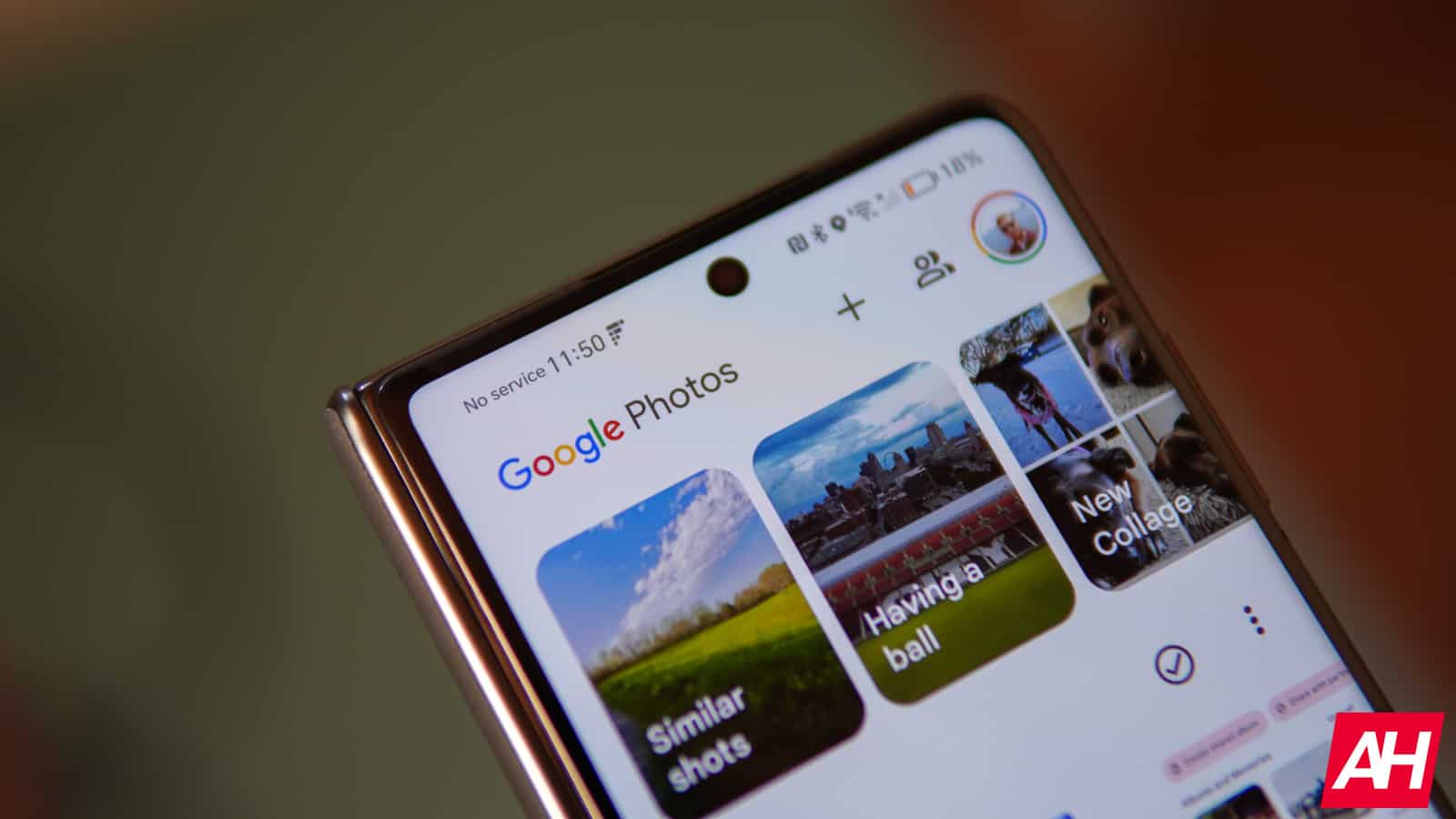Summary: Google Photos is rolling out an Ultra HDR editing option that lets users upgrade older images with vibrant contrast and detail, even if the photo wasn’t originally taken in HDR. Available in version 7.24 of the app, the tool supports both HDR and SDR displays by packaging both into a single file. This could boost social media engagement, as HDR-enhanced photos stand out more on platforms like Instagram.
Google is starting to roll out the new “Ultra HDR” editing option within Google Photos, which will let users convert older photos into an Ultra HDR photo afterwards. This feature was first spotted back in September, but wasn’t functional at the time.
Ultra HDR will allow for capturing and displaying photos with a larger range of light and color, since that’s literally what HDR does. Ultra HDR is also backward-compatible, so that you’d be able to see this on non-HDR displays as well. Since it would be packing both SDR and HDR versions into a single file. Apparently, this feature is available in Google Photos app v7.24.0.747539053. The update is currently rolling out, so you might not have this update right away.
In order to upgrade your photos to “Ultra HDR,” all you need to do is find the photo you want to upgrade and then tap on the “Edit” button. From there, head over to Tools. No,w if you have the option, there will be an “Ultra HDR” option between Contrast and Tone. From there, you can choose how much HDR you want to add to your image. Then hit “Done” and “Save as Copy”. Unless you really want it to overwrite the original image.
This Ultra HDR feature could have a huge affect on Social Media
By allowing older pictures to be upgraded using Ultra HDR, you could see additional social media engagement with these photos. HDR photos do often times catch people’s attention, because they are brighter and typically have a lot more detail. Some social media platforms, like Instagram, do a really great job at showing off HDR photos. This is done by making it brighter while the rest of the app is darker, while the photo is on-screen.
Android has always struggled with social media pictures, and that’s because a lot of the apps will use a screen recording of the camera app, versus using the proper API. Snapchat was doing this for a very long time, and only recently started using the proper API.

Leave a Reply